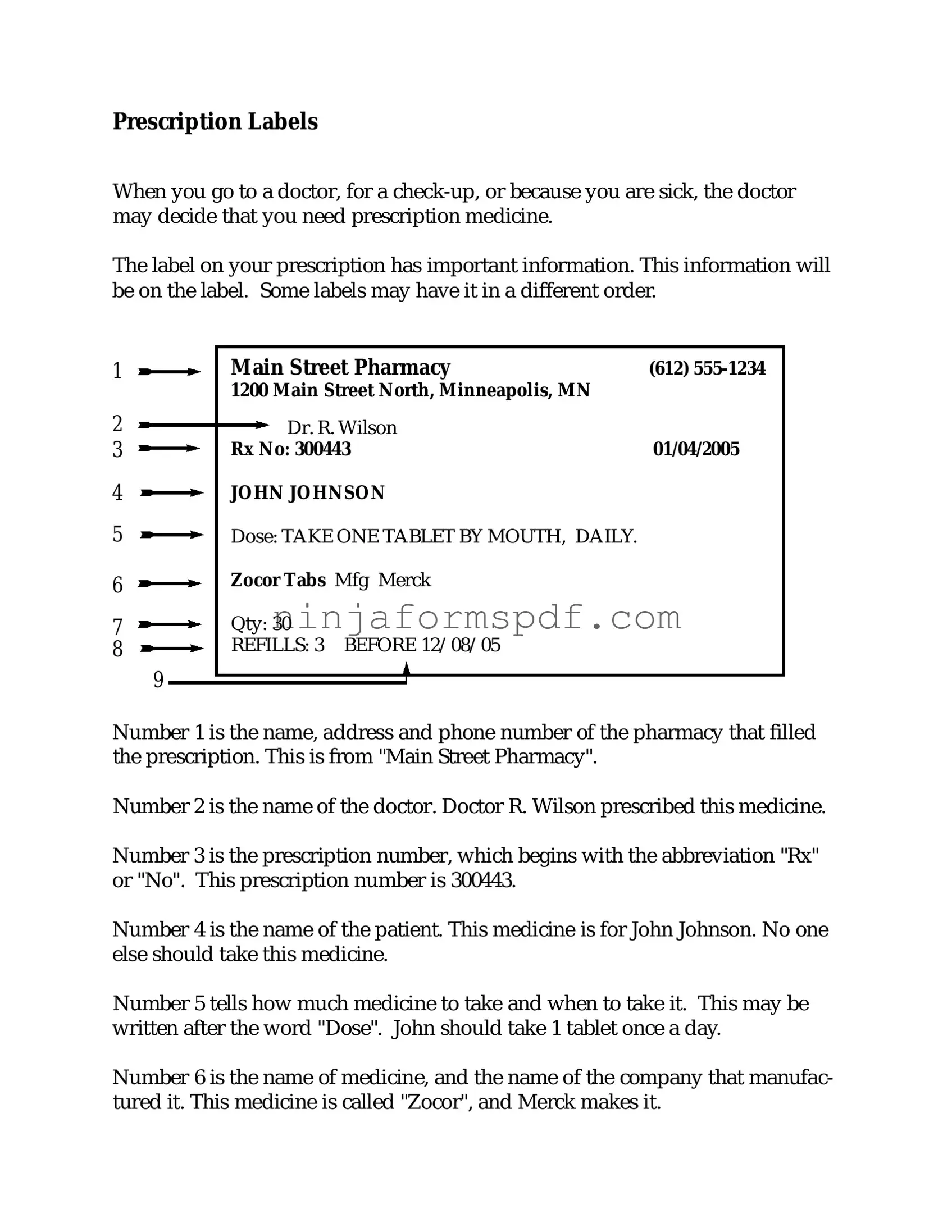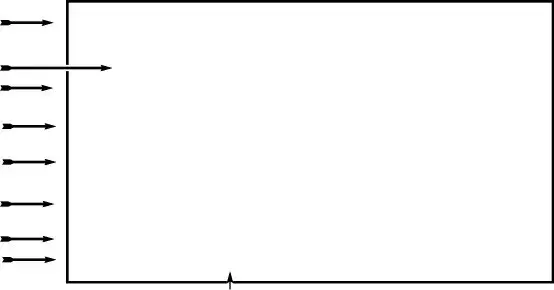What information should I expect to find on a Prescription Label form?
On a Prescription Label form, you can expect to find several crucial pieces of information: the patient's name to ensure the medication is dispensed to the correct individual, the prescribing doctor's name for follow-ups or questions, the medication name and strength to confirm you receive the right drug and dosage, directions on how to take the medication for optimal effectiveness and safety, and the prescription date to track when it was filled. Additionally, the label may include the pharmacy's contact information, the number of refills left, and any warning labels about potential side effects or interactions with other drugs.
How important is it to follow the directions on the Prescription Label?
Following the directions on the Prescription Label is crucial for several reasons. Firstly, it ensures that you're taking the medication correctly to get its full benefit. Incorrect dosage or timing can reduce effectiveness and may even be harmful. For instance, taking too much can lead to adverse effects, while taking too little might not adequately treat your condition. Additionally, some medications need to be taken with food or at specific times of the day to work best or to minimize side effects. Always following the prescribed directions supports your health and recovery.
Can the pharmacy information on the label help me in any way?
Yes, the pharmacy information on the Prescription Label is quite helpful. It not only tells you where the prescription was filled, making it easier to get refills, but it also provides contact details for your pharmacist. Pharmacists are a valuable resource for answering questions about your medication, including side effects, interactions with other medicines, or even practical advice on how best to store your medication. Plus, the pharmacy's information is useful if you need to report any issues with your medication or if your healthcare provider needs to communicate directly with your pharmacist.
What should I do if I notice a mistake on my Prescription Label?
If you notice a mistake on your Prescription Label, it's essential to act promptly. First, contact the pharmacy where you filled the prescription to report the error. They can verify your prescription details with your healthcare provider if necessary and provide you with the correct medication or dosage. It's also a good idea to reach out to your doctor to inform them of the mistake, especially if you've been taking the incorrect dosage or medication. They can advise on the best course of action and ensure that your treatment is not adversely affected.
Is it okay to take medication if the Prescription Label is damaged or unreadable?
If the Prescription Label is damaged or unreadable, you should exercise caution. The label contains important information for safe and effective medication use, so it's best not to guess about dosages or instructions. Instead, contact the pharmacy that dispensed the medication as soon as possible to get a new label or to confirm the correct usage instructions. It's important to store medications in their original containers to avoid this issue, but if damages do occur, getting accurate information directly from the pharmacy is the safest option.

